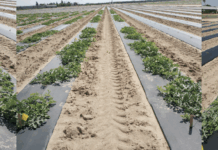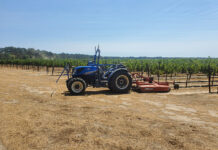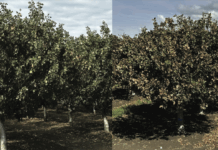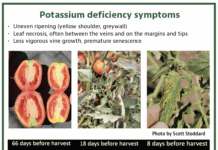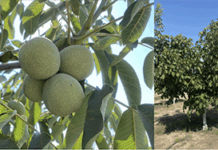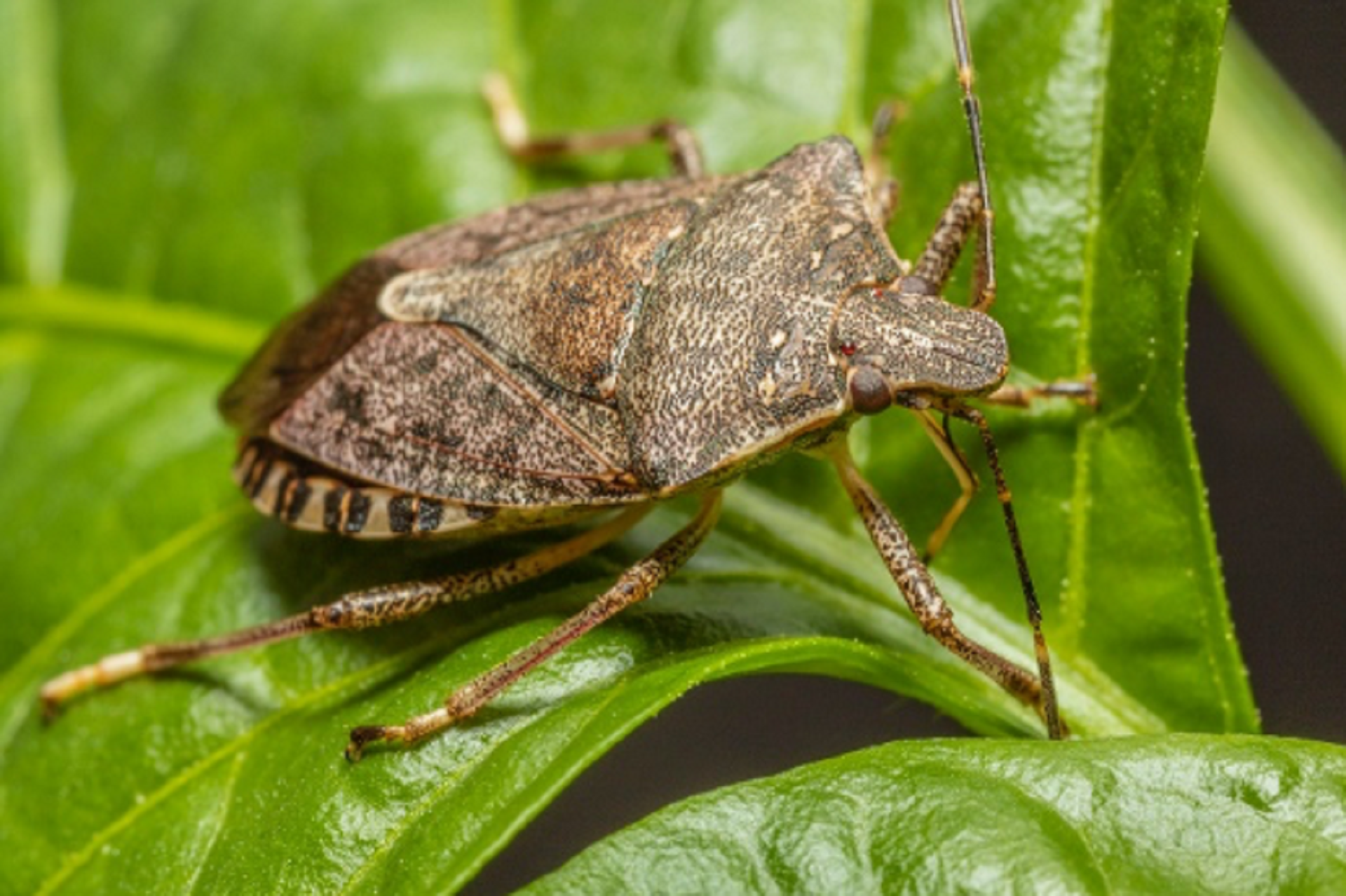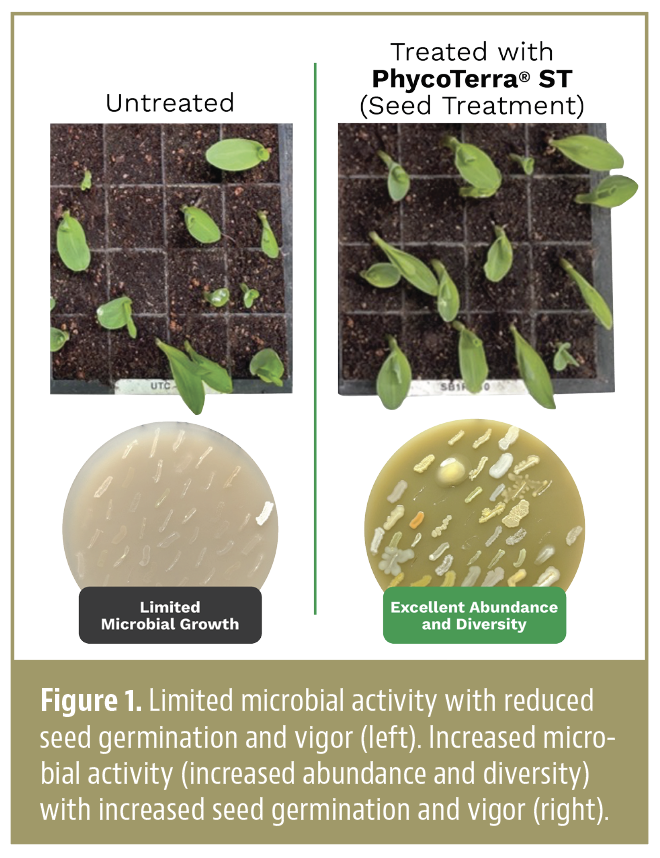
Literally and figuratively, it is the little things that count when establishing crops. Yes, it is the microbes that we are talking about! When it comes to soil management, growers often have a plan to support their soil’s chemical and physical properties, but there is also a massive opportunity to see improvements in crop establishment by supporting soil biology. Bacteria, fungi and archaea live very close to plant roots or within the crop itself and have a symbiotic relationship to crops. The more active, abundant and diverse the microbiome, the better for crops. Around 80% to 90% of soil processes are impacted by the soil microbiome, which includes everything from soil health to quality and structure. In turn, that also means your soil microbiology can positively impact crop health, growth and overall performance throughout the growing season and after.
Some of the main benefits microbes provide an establishing crop include supporting germination, nutrient cycling, optimizing soil health, improved root development, pathogen defense and supporting stress tolerance.
Supports Seed Germination
The spermosphere is a 2- to 12-mm area around your seed, and it’s the crop’s first interaction with the real world. This is where the symbiotic relationship between crops and microbes begins. Seeds naturally secrete enzymes and metabolites to provide microbes with a carbon source. In exchange, the beneficial microbes mineralize nutrients, reduce abiotic stressors and protect the seeds from pathogens.
Since this is such a brief yet vital stage, ensuring beneficial microbes are present and active at the time of planting can significantly impact early crop health by optimizing the habitat for germination, leading to more uniform stand and early root and shoot vigor (Fig. 1). There are interesting experiments that show sterilized seeds didn’t germinate as well compared to non-sterilized seeds because seeds’ germination enhances with the help of beneficial microbes. Also, native microbes help more than foreign microbes, according to the same research article.
Once the radical has emerged from the seed, the spermosphere no longer exists and has transferred into the rhizosphere, the next beneficial microbes crops encounter around the root zone.
Improves Root Development
Microbes support an establishing crop with root development in two ways: First, some soil microbes produce phytohormones that promote plant growth and processes, and second, by improving soil structure and reducing compaction, soil microbes support root development.
Bacteria and fungi both assist with improving soil structure. Bacteria secrete extracellular polymeric substances that act as a glue and bind soil aggregates together. Fungi’s hyphae root network works as a net, holding soil in place, reducing erosion and acting as a nutrient superhighway. Once connected to the nutrient superhighway, the hyphae roots can determine which nutrients your crops need, seek out and find said nutrients and bring them back to the plant. Without these microbial networks, crops may struggle to access nutrients beyond their immediate root zone, limiting their ability to thrive, especially in harsh conditions.
When crops can grow healthier roots, they can also access more water and nutrients on their own, stimulating the plant’s overall growth.
Improves Nutrient Cycling
Nutrient cycling has two key components: access and absorption. Once roots find nutrients, they also must be able to absorb them. Soil microbes can help an establishing crop both find and access nutrients. Recently dead and living plants release carbon as rhizodeposits in the soil. Beneficial microbes can use this carbon as food. In exchange, they provide the crop with other essential nutrients like NPK through atmospheric fixation or mineralization of organic matter (Fig. 2). The increase of organic matter decomposition provides an increase in NPK availability and absorption.
There are many microbes that aid in nutrient cycling. Two well-studied are rhizobium and mycorrhizal fungi. Rhizobium, for example, are nitrogen-fixing bacteria mainly associated with forming symbiotic relationships with plant roots. The bacteria form nodule structures on the root. There, colonies of bacteria convert atmospheric nitrogen into ammonia that can be used by the plant in exchange for carbohydrates. Plant arbuscular mycorrhizal fungi improve phosphorus availability by foraging with their hyphae root system.
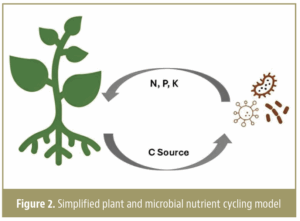
Optimizes Soil Moisture
As previously mentioned, soil microbes can improve soil structure by binding soil aggregates together. Those microaggregates create pockets for roots to access water and air. Water plays a key role in enabling plants to access nutrients. For some nutrients, such as nitrates and sulfates, they depend on mass flow, or the movement of water, to carry nutrients to the plant. By optimizing water levels, nutrients become more mobile so they can move through well-structured soil to where they’re needed.
Drought-stressed plants uptake less nitrogen and restrict phosphorus uptake, stunting crop growth. Wet or poorly drained soil is susceptible to nutrient loss, which also negatively impacts crops and yields. A healthy microbiome leads to healthy soils that can both drain excess water and store water when needed.
Improves Stress Tolerance
Young crops are especially susceptible to drought, cold, flooding and less-than-ideal salinity levels. To help crops manage stress, beneficial microbes secrete antioxidants, enzymes and osmoprotectants to reduce abiotic stress.
Beneficial microbes optimize water productivity. By improving water holding capacity, even during extremely dry conditions, crops have a better chance of establishing. Bacillus subtilis, for example, assists with stress tolerance by producing phytohormones, siderophores and enzymes to stimulate a crop’s natural defense mechanism against environmental stressors.
Impacts Positively to All Four Spheres
A healthy and active soil microbiome doesn’t only support your crops at the beginning of the growing season. Yes, you want to create as hospitable of an environment as possible for seeds and newly germinating crops. By supporting microbes in the spermosphere and rhizosphere, you can improve growing conditions for your seeds and newly established crops. As crops continue to grow, some of the microbes in the soil will transfer to the phyllosphere. The phyllosphere is made up of the above-ground tissues of the plant where microbes live. An active phyllosphere supports your crops with managing abiotic and biotic stressors throughout the growing season. Come fall, the beneficial microbes in your soil help break down crop residue in the detritusphere, improving conditions and increasing available nutrients for the seeds you’ll plant in the spring.
Healthy microbes in any sphere positively impact the other three spheres (Fig. 3), which in turn positively impact your crops and soil each planting season.
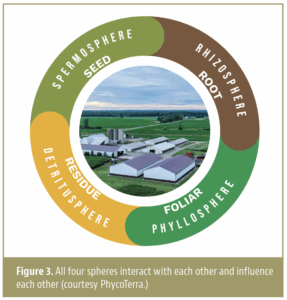
Beneficial Microbes Are a Good Offense and Defense for an Establishing Crop
Offensively, beneficial microbes help crops improve root development, nutrient cycling and optimize soil moisture. Defensively, beneficial microbes help crops manage biotic and abiotic stressors. The support of an active microbiome generally results in better growth and healthier plants overall, and higher yields, especially under less-than-ideal conditions.
Crops need an abundant, diverse and active microbiome to support them both offensively and defensively. Soil characteristics, organic matter levels, soil pH, soil depth, soil type, moisture content, soil structure, temperature, weather and agricultural practices can all impact the diversity and abundance of microbes in agronomic soil. Unfortunately, 75% of soil microbes on farms are dormant or too weak to support crops due to starvation.
The first step to leveraging beneficial microbes on your farm is to conduct a soil test to determine the biological health of your soil. Then, consider implementing farming practices that aid beneficial soil microbes so they can support your establishing crops and overall yields. These practices include crop rotation, no-till or minimal till, and providing the farm with optimal moisture, air, pH, food and nutrients for microbes. The great news here is many practices that benefit soil physical and chemical health can also promote soil biological health, and vice versa. For example, a good soil structure can support better soil air and moisture levels, and thus soil microbial growth. In turn, this can further help crop establishment and growth. When it comes to establishing a crop, it really is the small things that count, the ones we can’t see but make a big impact on overall soil health and crop health. Hope you have a great year ahead with your crops and an abundant microbiome!
Resources
Why are your soil microbes dormant?: https://phycoterra.com/blog/why-are-your-soil-microbes-dormant/
Microbiome as a Key Player in Sustainable Agriculture and Human Health: https://www.frontiersin.org/journals/soil-science/articles/10.3389/fsoil.2022.821589/full
Management of Soil Microbes on Organic Farms: https://eorganic.org/node/34646#
Benefits to Plant Health and Productivity from Enhancing Plant Microbial Symbionts: https://pmc.ncbi.nlm.nih.gov/articles/PMC8072474/#
Study improves understanding of how bacteria benefit plant growth:
https://news.ucr.edu/articles/2023/07/24/study-improves-understanding-how-
bacteria-benefit-plant-growth#
Microbial controls on seed germination: https://www.sciencedirect.com/science/article/pii/S0038071724002657
Microbial co-operation in the rhizosphere: https://academic.oup.com/jxb/article/56/417/1761/484466


